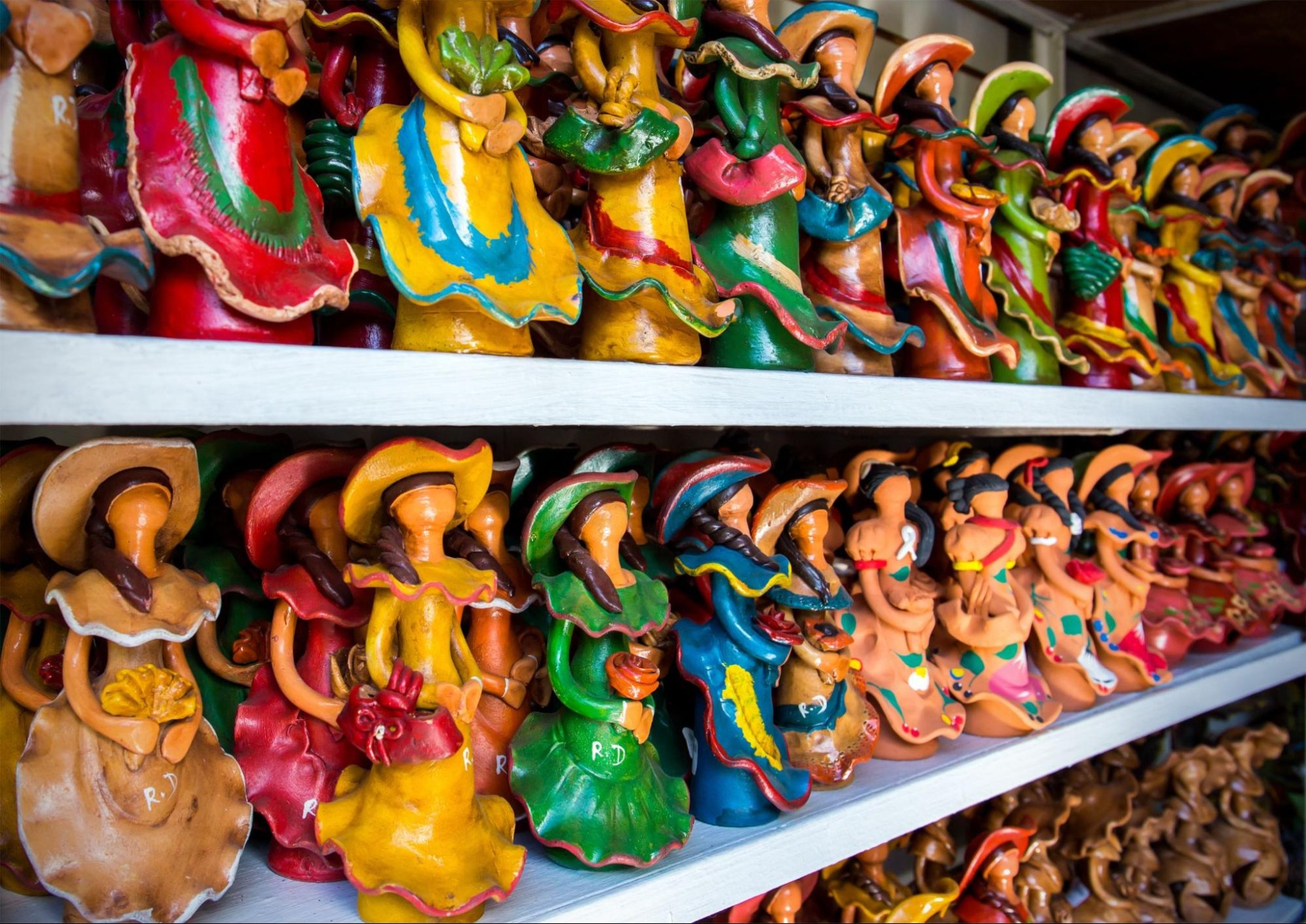In the heart of the Dominican Republic, the faceless doll stands as a symbol of identity and tradition. This handcrafted piece not only represents the country’s rich cultural diversity but also tells a profound story that resonates throughout the island.
Let’s explore what the faceless doll is, its origin, cultural meaning, materials, and its impact on Dominican culture.
What is the Dominican faceless doll?
The Dominican faceless doll is a handcrafted figure known for lacking facial features. These dolls are mainly made by local artisans and have become an emblem of Dominican folklore and culture. They are often used as home decor or bought as souvenirs by tourists who wish to remember their visit to the country. The absence of a face symbolizes identity diversity, allowing each person to project their own story and emotions onto the figure.

Craft origin and symbolic meaning
The origin of the Dominican faceless doll dates back to the ancestral traditions of the island’s indigenous peoples. These dolls were initially created to represent the connection between humans and nature. Over time, they evolved into a symbol of Dominican cultural heritage, blending African and European influences.
The meaning behind the faceless doll goes far beyond its appearance. It represents the fusion of cultures and the resilience of the Dominican people. Each doll tells a unique story, reflecting the life experiences of its creators and those who welcome it into their homes.
History of the faceless doll in the Dominican Republic
Over the years, Dominican faceless dolls have evolved. Since their creation, they have been used in festivities and rituals, becoming a symbol of cultural heritage. During the 20th century, these dolls grew in popularity, especially among tourists, which led to a resurgence in artisanal production.
Today, faceless dolls are recognized internationally—not just as art objects, but as vehicles of cultural expression. Their story is deeply intertwined with national identity, and each figure is a testament to the Dominican Republic’s rich artisan tradition.
Why are Dominican dolls faceless?
There are multiple reasons why Dominican dolls are faceless. Firstly, this feature allows each person to interpret the doll through their own experiences and emotions. It symbolizes the idea that identity is complex and multifaceted.
Moreover, giving the doll a face could be seen as limiting. By not defining facial features, the doll invites imagination and emotional connection. This idea of leaving the figure undefined aligns with the belief that every person is a constantly evolving being, full of stories and possibilities.
Materials and styles of faceless dolls
Dominican faceless dolls are made from a variety of materials that reflect the richness of local culture. Artisans mainly use:
- Cotton fabrics: These form the base of the doll's body, providing a soft and pleasant texture.
Clay and ceramics: Used to shape the elements that decorate the dolls, such as clothing and accessories. - Natural elements: Like palm fibers or tree trunks, which add an authentic and traditional touch to each piece.
In terms of style, the dolls vary in size and color, reflecting the customs of different regions of the country. Some wear traditional outfits representing specific communities, while others are decorated with elements that showcase local flora and fauna. All of this makes them one of the most representative expressions of Dominican Republic crafts.

Presence of the faceless doll in Dominican culture
The history of the Dominican faceless doll is deeply rooted in the country’s culture. You’ll find them at art fairs, local markets, and festivals, where artisans showcase their work and share the meaning behind each piece. Their presence not only supports the local economy but also plays a key role in preserving ancestral traditions.
Moreover, these faceless dolls serve as a constant reminder of the importance of diversity and inclusion in Dominican society. They have become a national icon, attracting the attention of visitors eager to learn more about the island’s rich cultural heritage.
The faceless doll is more than a piece of art; it is a symbol of identity, culture, and diversity in the Dominican Republic. By exploring its origin, history, and meaning, we gain a deeper appreciation for the cultural legacy of the country—a legacy that lives on in artistic expressions and in places that celebrate and highlight tradition, such as Cayo Levantado Resort, where every detail honors the cultural roots of its surroundings.
